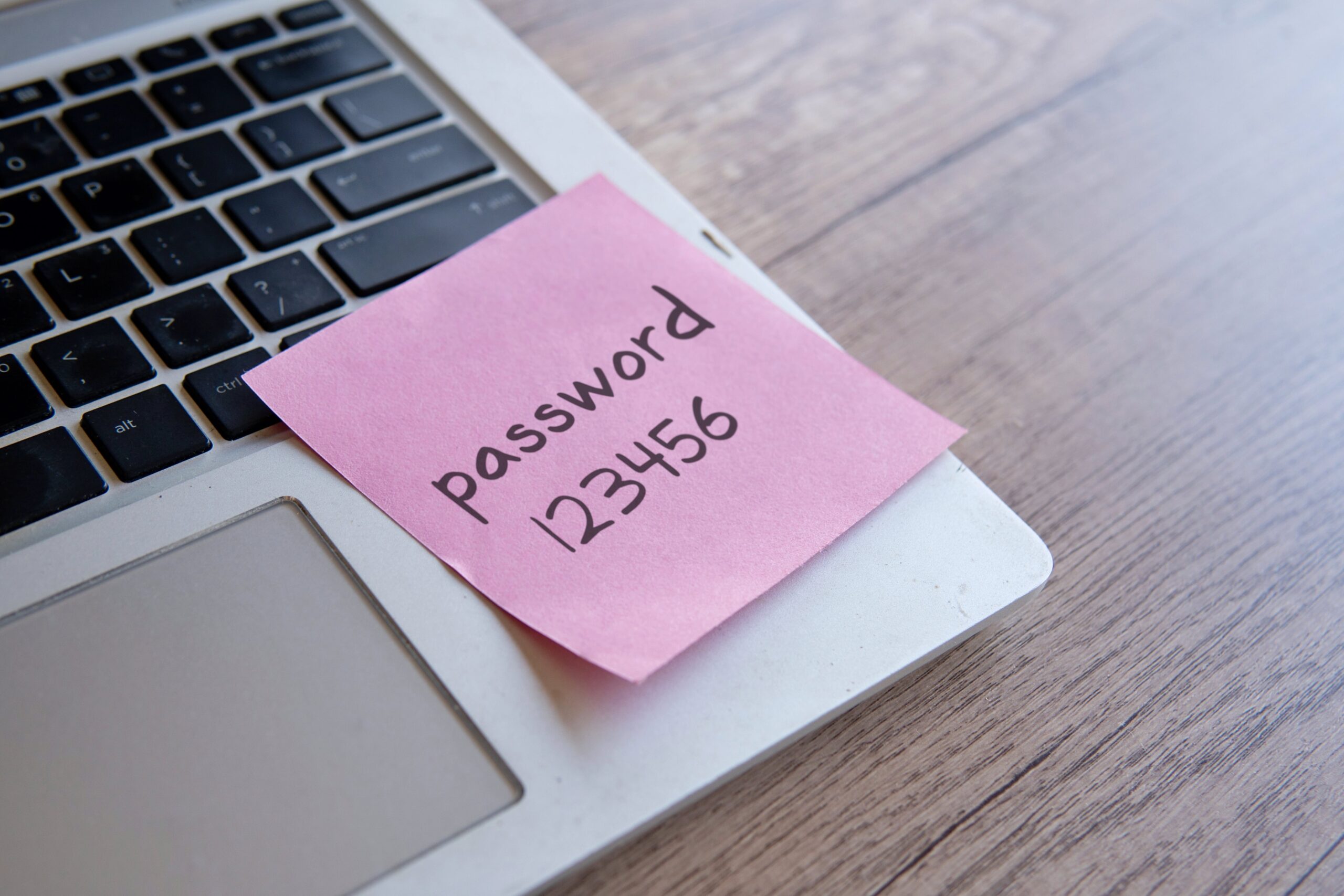With support solutions for the home and office, My Computer Works is here to help you get back to your life.
The World’s Most Common Weak Passwords: Is Yours on the List?

Do you want to protect your online accounts? In our increasingly connected digital age, keeping our passwords secret and strong has become a necessity more than a luxury. After all, in 2022, hackers exposed more than 24 billion passwords, compromising millions of people’s sensitive information.
Despite this, countless individuals still use weak and easily guessed passwords, leaving their personal and professional information vulnerable.
In this guide, our team at My Computer Works will help you recognize the dangers of weak passwords, discover the most commonly used ones, and explore practical strategies to enhance your account security.
What Are The 10 Most Common Passwords?
Despite the growing education and awareness of high cybersecurity risks, many still rely on predictable and simple password combinations.
According to NordPass’s annual analysis, the most used passwords are below. Weak passwords like these are among the first that hackers try during brute-force attacks, often succeeding in seconds:
- 123456
- password
- 123456789
- 12345
- 12345678
- qwerty
- 1234567
- 111111
- 123123
- Abc123
If you currently have one of these passwords, we strongly urge you to change it to avoid making it easy for hackers to steal your private information for nefarious purposes.
Why Are These Passwords Bad?
The reason why passwords such as the ones mentioned above are bad is because they significantly jeopardize the security of your accounts. Here’s why:
- Predictability: Simple patterns or repeated numbers are easy for hacking tools to guess.
- Ease of discovery: Passwords based on personal details, such as names or birth dates, are quick to crack.
- Chain reaction: Using the same password across multiple accounts creates a domino effect, and one breach can expose your entire digital presence, including email and banking information.
How to Create Complex Passwords
Creating a strong password is easier than it seems. The key is to make it both unpredictable and unique. Here are some practical tips to craft a secure password that will keep your online habits and presence safe:
- Make it long and complex: Use at least 12 characters, and ensure you are mixing uppercase and lowercase letters, numbers, and special symbols.
- Avoid common patterns: Avoid predictable phrases like “password123” or personal information that others could easily guess.
- Try passphrases: Combine random, unrelated words into a memorable string, such as “Cactus!Moon*River8.”
- Use a password generator: Leverage tools like NordPass’s Password Generator to quickly create strong, random passwords.
How Often Should You Update Your Passwords?
You must update your password regularly. This will add an essential layer of security and keep you safe rather than sorry.
Experts have also been suggesting that you change and create a strong password for each account every three to six months, particularly for high-priority accounts such as:
- Email accounts.
- Social Media accounts.
- Online Banking accounts.
- Shopping accounts.
Keeping Passwords Safe
Creating strong passwords is just the beginning of achieving adequate security for protecting your accounts. Proper password security relies on adopting effective practices, such as using a password manager to store and keep passwords safe.
A password manager, like NordPass or LastPass, securely stores passwords for each account, eliminating the hassle of remembering or reusing simple ones.
In addition, activating two-factor authentication (2FA) further strengthens your password protection by requiring an added step to verify your identity.
Moreover, it’s equally important to stay alert for phishing scams. Cybercriminals often use fake emails or websites to steal credentials like passwords. So, always confirm the legitimacy of emails, links, or websites before sharing your password information.
What to Do If Your Password Is Compromised
If you have just found out that your password has been breached and the account link to it compromised, you must act quickly by following these steps:
- Update your password: Replace the compromised password with a strong, unique one that hasn’t been used on your compromised or current accounts.
- Review account activity: Look out for any suspicious activity, which includes looking out for logins from unfamiliar locations or unauthorized transactions, and address them immediately.
- Change linked passwords: If the breached password was reused for other accounts, update those passwords to prevent a chain reaction.
- Activate two-factor authentication (2FA): Enable 2FA on all affected or vulnerable accounts to enhance account security and add an extra layer of protection.
- Monitor for further breaches: Use services like ‘Have I Been Pwned’ to check if your credentials have appeared in other known data breaches and stay informed.
These steps can help minimize damage and restore your account security immediately and efficiently.
The Wrap-Up On The World’s Weakest Passwords
Your password is often the first, and sometimes our only, line of defense between hackers and sensitive information.
Using weak passwords or any of the most commonly used passwords from the list we mentioned leaves your data vulnerable. Fortunately, if you follow our advice and avoid commonly used passwords, you have a better chance of staying safe online
If you need help with password security, you can speak with us here at My Computer Works. We’re committed to helping you easily navigate the complexities of cybersecurity. Whether you seek expert advice or hands-on technical support, we’re here to make your digital life safer and more convenient.


